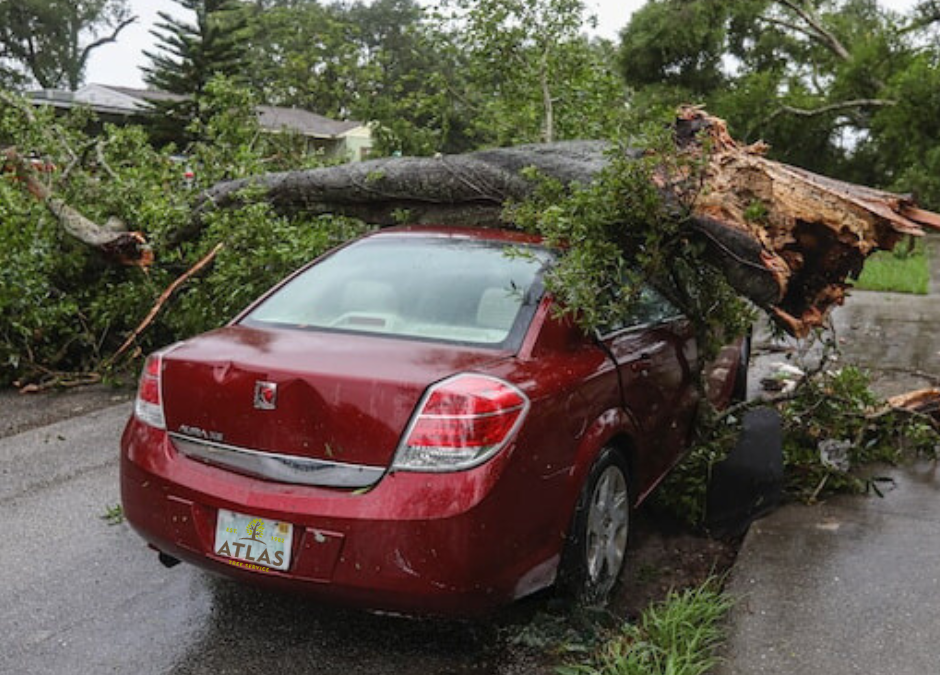Dealing with Tree-Related Emergencies:
Trees are a beautiful and essential part of our natural environment, providing us with shade, oxygen, and aesthetic appeal. However, there are times when trees can pose unexpected dangers, especially during extreme weather conditions or due to disease or decay. Knowing how to handle tree-related emergencies is crucial for ensuring safety and minimizing damage. Here’s a guide to dealing with tree-related emergencies and staying prepared.
~Immediate Response
During a storm or extreme weather event, trees can pose immediate threats. If you encounter a tree-related emergency, here’s what you should do:
1. Stay Clear: Keep a safe distance from any tree that appears to be compromised or damaged.
2. Call for Help: If a tree has fallen on a structure, vehicle, or power line, contact emergency services and utility providers immediately.
3. Assess the Situation: When/if it’s safe to do so, assess the extent of the damage and take note of any immediate hazards.
4. Call in the experts: Contact Atlas Tree Service emergency tree service professionals who are equipped to handle the situation safely and efficiently.
~Emergency Preparedness
In addition to preventative measures, it’s important to be prepared for tree-related emergencies:
1. Emergency Kit: Have an emergency kit on hand that includes items such as flashlights, first aid supplies, and a battery-powered radio.
2. Clear Escape Routes: Know multiple escape routes from your home or property in case a tree falls and blocks one of them.
3. Insurance Coverage: Review your insurance coverage to understand what is and isn’t covered in the event of tree-related damage.
~Preventative Measures
To minimize the risk of tree-related emergencies, consider the following preventative measures:
1. Regular Inspections: Schedule regular inspections by a certified arborist to identify potential issues before they become emergencies.
2. Pruning and Trimming: Regular pruning and trimming can help remove dead or diseased branches and improve the overall health and stability of a tree.
3. Proper Planting: Ensure that trees are planted at a safe distance from structures and power lines, and in suitable soil conditions.
~Identifying Potential Risks
Understanding the signs of a potentially hazardous tree is the first step in preventing emergencies. Look out for:
1. Leaning Trees:Trees leaning at an unusual angle, especially after a storm, could indicate instability in the root system or trunk.
2. Dead or Diseased Branches: Dead or diseased branches can easily break off and cause harm to people or property.
3. Cracks or Splits: Visible cracks or splits in the trunk or major limbs can indicate structural weakness.
4. Upheaved Soil: Upheaved soil around the base of a tree can be a sign of root issues, which may lead to instability.
Trees are a valuable part of our natural environment, but it’s important to be aware of the potential risks they can pose. By staying informed, proactive, and prepared, we can mitigate the impact of tree-related emergencies and ensure the safety of ourselves and our communities.






